
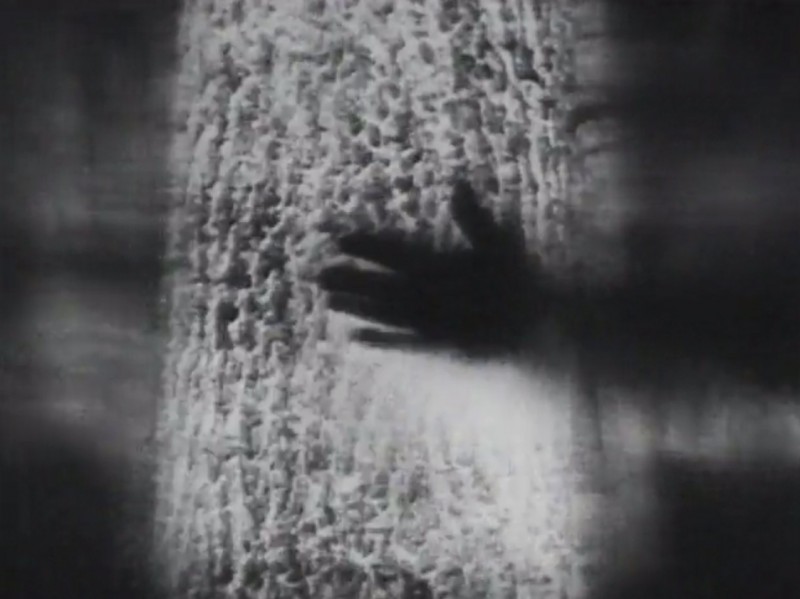
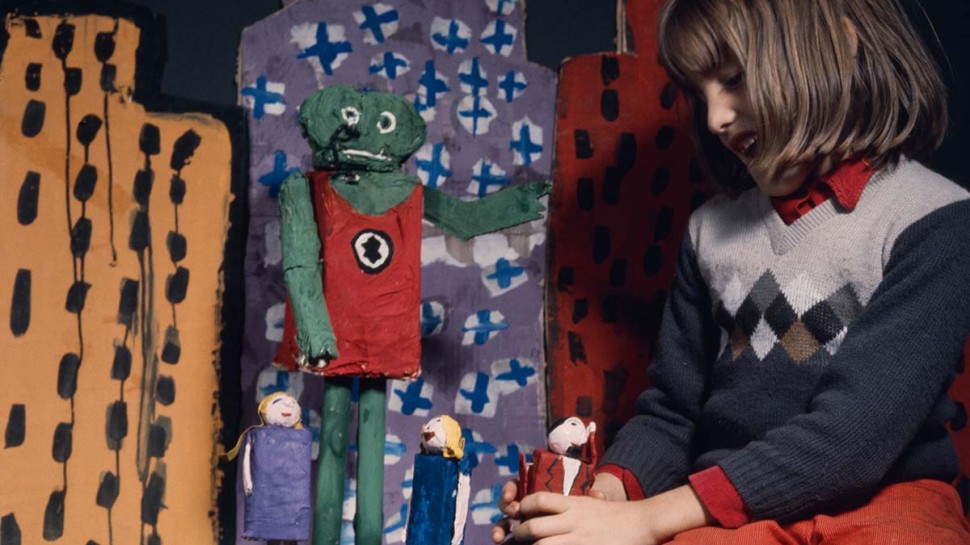
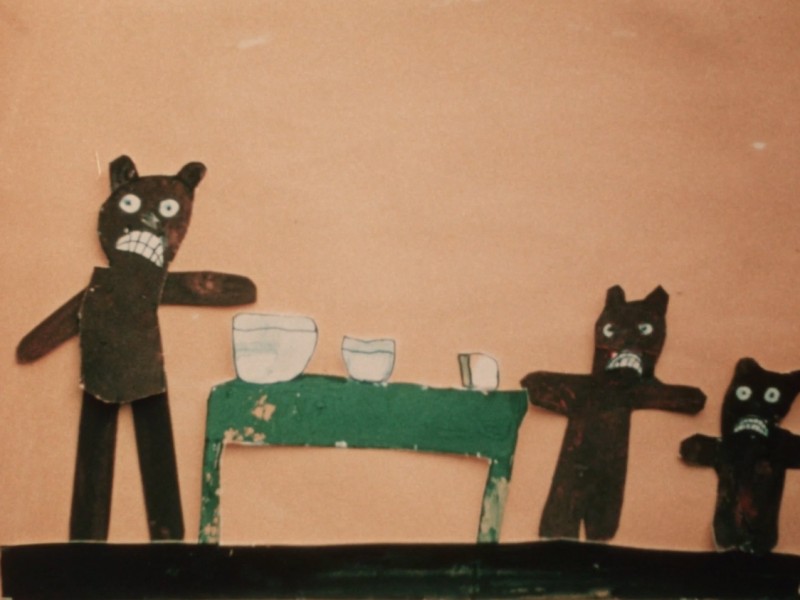

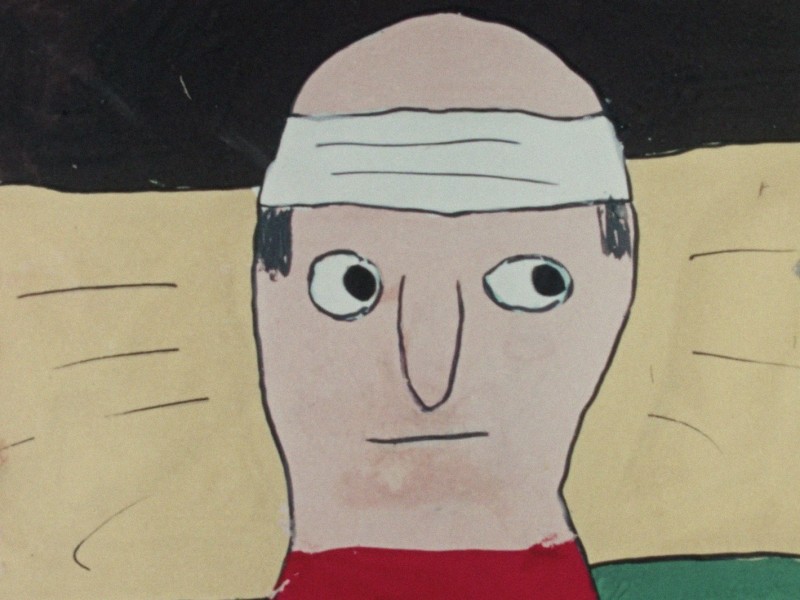
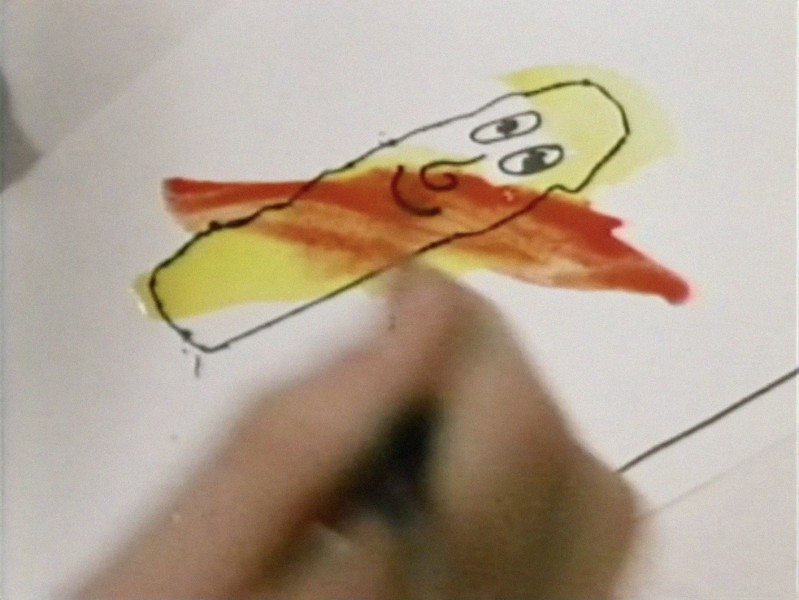
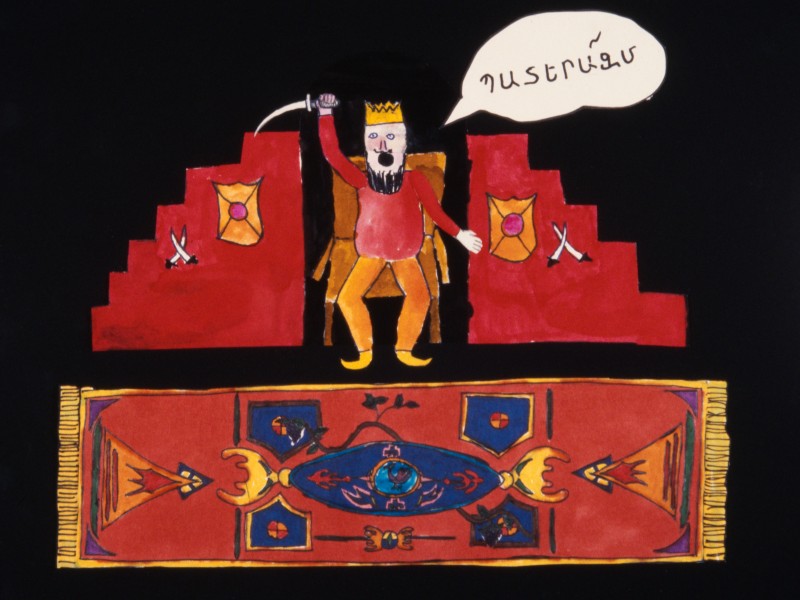
Yvonne Andersen and the Yellow Ball Workshop
An influential and acclaimed animator, teacher and author, Yvonne Andersen (b.1932) followed a stalwart, if unconventional, path in the arts ever since receiving a full scholarship to Louisiana State University as a baritone horn player. She soon changed her major to art, studying design with Peter Kahn at LSU and later painting with Hans Hoffman in Provincetown, Massachusetts during the summer of 1953. It was in Provincetown where she met her husband, poet Dominic (Val) Falcone, and they opened the seminal Sun Gallery. From 1955 - 1959, they spent their summers away from New York City exhibiting the work of young artists and organizing “controversial” experimental film screenings, installations, performances and apparently the first "happening" in the US. The unknown artist Charles Rogers Grooms—who Falcone nicknamed "Red"—had his first solo show; Alex Katz was a regular exhibitor; and Allan Kaprow appeared as a visiting artist before gaining artworld fame in the 60s for his spontaneous "un-art" which took place outside the institution. Other artists who started their careers at Sun Gallery include Robert and Mary Frank, Lester Johnson, Tony Vevers, Vera Williams, Joan Forsberg and Delores James.
After the Sun Gallery closed at the end of the 1959 season, Andersen and Falcone continued the film screening programs and Andersen was inspired to buy a used 16mm Bolex camera and teach herself the basics of filmmaking—beginning with documenting the world around her. Eventually, she started cutting up and animating her own artwork and then made a film with Red Grooms, Spaghetti Trouble (1963)—transforming cut-outs of his drawings through stop-motion animation. She and her husband collaborated with Grooms on more films, including Fat Feet (1966) which incorporated drawing and collage pixellation with live-action and life-size painted set pieces as well as a distinctly Groomsian Pop Art absurdity.
By 1960, Andersen and Falcone had moved to Everett, Mass. with their two young children. The project-oriented Andersen welcomed eager neighborhood kids over to make art with her own children, and their passion fueled the birth of classes she called the Yellow Ball Workshop—partly in reference to the Sun Gallery. When Andersen showed her students one of her films, they wanted to make one themselves. The Workshop's first film project, The Amazing Colossal Man (1964), involved twelve children collaborating in its pixellated papier-mâché manifestation.
The first children’s animation classes in the country, Yellow Ball quickly took off and became the most famous children-made film workshop in the world. Students would learn every aspect of making a film from start to finish: creating special effects, operating 16mm cameras and light meters, editing the film and recording their own soundtracks. Andersen expanded her offerings, teaching intensives at elementary schools and community centers.
Dozens of all-children-made short films would be released over the years in compilations such as Yellow Ball Cache (1965), Bag 5 (1966), Menagerie (1967), Trembling Cartoon Band (1972) and Mephisto's Little Film Plays (1974). These screened at festivals and venues internationally, winning many awards and hearts. Andersen let children's imaginations run wild in an array of media and methods, including cel animation, paper cut-outs, drawing-on-film, flip-cards, clay animation and puppetry. The films are refreshingly ridiculous and often feature surprising plot (or anti-plot) twists, funny effects, entertaining voice acting and even the occasional political statement—inspiring Jonas Mekas to declare in The Village Voice: "Without any exaggeration, these are about the best animated films made anywhere today." All of this attention led to prominent commissions, such as NBC spots, TV commercials, public service announcements, educational shorts for the children's show Hot Dog and opening films for the 1970 White House Conference on Children. Their films also appeared on programs such as Zoom, Camera Three and The Today Show. The United States Information Agency proudly distributed them to other countries, and supposedly, even Fellini owned a print.
In addition to numerous festival awards, the Workshop's fame led to presentations throughout the country, mentions in popular magazines, talk show appearances, and the production of a short documentary for CBS, Let's Make a Film (1970). Andersen published two books in 1970—Teaching Film Animation to Children (Van Nostrand Reinhold) and Make Your Own Animated Movies (Little, Brown & Co.)—revised in 1991 to include video techniques. She also wrote articles on animation for Super-8 Filmmaker Magazine and other journals.
Gaining fame for her skills in both filmmaking and teaching, Andersen travelled the country—and occasionally the world—conducting animation workshops as well as workshops on teaching animation. From 1977 – 2002, she taught at the Rhode Island School of Design, bringing animators from all over the world in and shaping the department into one of the foremost in the country. Many of her Yellow Ball and RISD students would become accomplished filmmakers themselves, and credit Andersen for encouraging them down that path. A list of former students and filmmakers she influenced would include many accomplished animators, including Carolyn Leaf, Mary Beams, Suzan Pitt, Karen Aqua, Lisa Crafts, Steve Subotnick, Eli Noyes, Willy Hartland, Janet Perlman and Amy Kravitz. Former wearer of many hats at the HFA, artist Steffen Pierce, was also a student, and his film Spectator is part of the compilation Yellow Ball Cache. She also made friends with many filmmakers; for a time, it seemed that Yvonne Andersen knew just about everyone making independent animated films.
Aside from inspiring and teaching innumerable future animators, Yvonne Andersen fostered equitable, cooperative atmospheres for learning and creating—taking advantage of the naturally collaborative processes of film and animation's particular affinity for tapping into children’s imaginative fire and allowing them to express the magic, craziness and confusion of life. – Brittany Gravely
The Harvard Film Archive acquired all of the film materials associated with Yvonne Andersen and the Yellow Ball Workshop in 2019. A set of collection material digitized by the HFA is available for viewing in the following showcase. For any public screening requests, please see the HFA's lending policies for guidance.


























